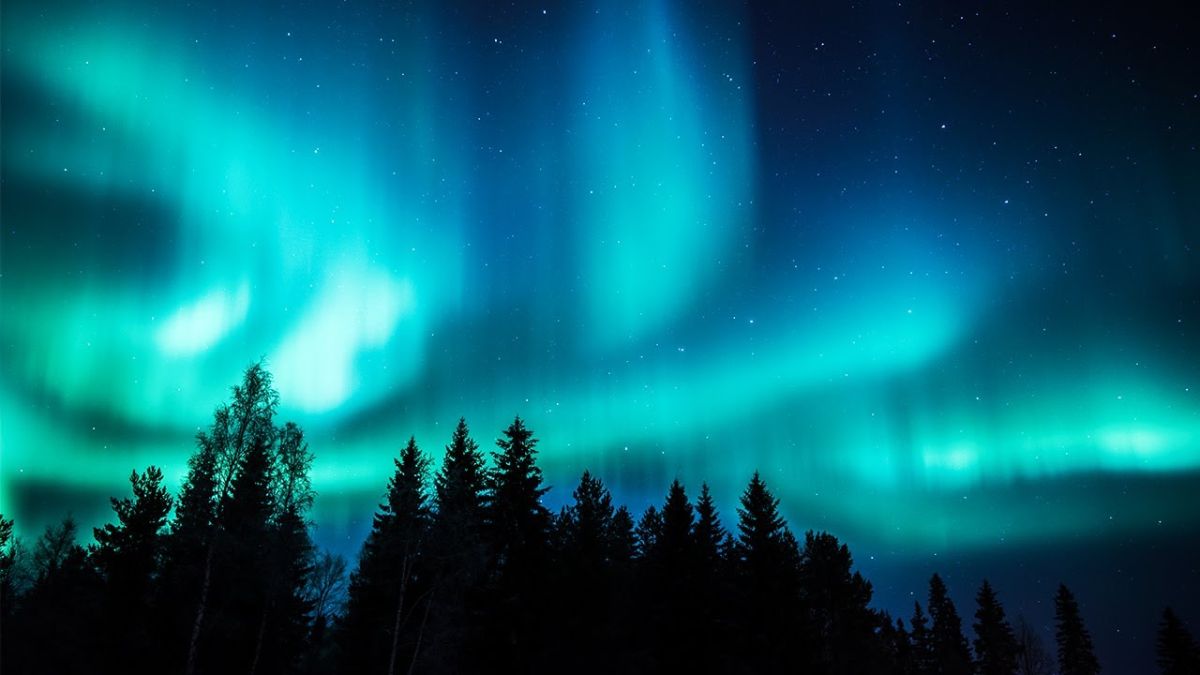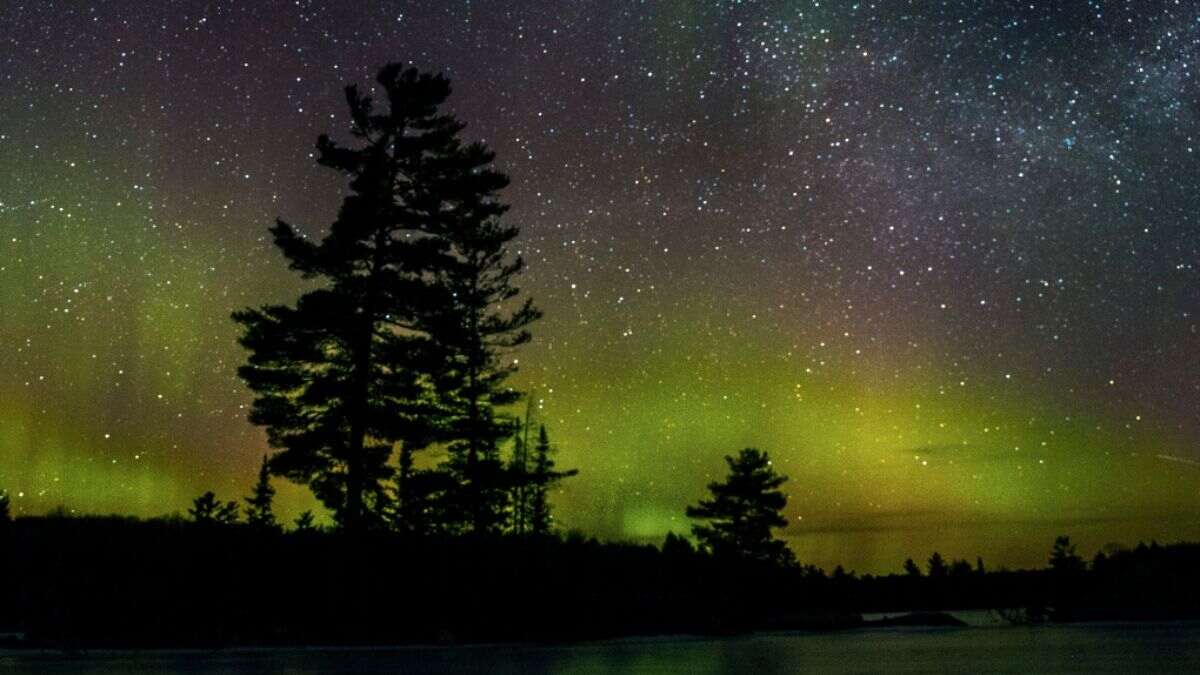If seeing the Northern Light is on your list of must-see natural wonders, then you may have a chance to witness this stunning phenomenon soon. On July 13, the Aurora Borealis, commonly known as the Northern Light, could make an appearance in over 17 states in the United States.
The mesmerising display of lights is typically caused by solar winds emanating from the sun and interacting with Earth's magnetic field, as explained by the Space Weather Prediction Center of the National Oceanic and Atmospheric Administration (NOAA).
According to NOAA, the aurora occurs when electrons from space flow along Earth's magnetic field lines and collide with atoms and molecules in the upper atmosphere. This collision generates a luminous glow similar to the way electrons in a neon light interact with gases to produce various colours.
The Geophysical Institute at the University of Alaska Fairbanks has forecasted high auroral activity for next Thursday, with vibrant light displays expected in parts of Canada and the United States.
Where Can You Watch The Northern Light?
If the weather is clear, the Aurora Borealis may be visible in the northern regions of 17 states.

"Auroral activity will be high(+). Weather permitting, highly active auroral displays will be visible overhead from Inuvik, Yellowknife, Rankin, and Iqaluit to Vancouver, Helena, Minneapolis, Milwaukee, Bay City, Toronto, Montpelier, and Charlottetown, and visible low on the horizon from Salem, Boise, Cheyenne, Lincoln, Indianapolis, and Annapolis," the University of Alaska Fairbanks Geophysical Institute's forecast said.
Here is the Full List:
Alaska
Montana
North Dakota
South Dakota
Minnesota
Wisconsin
Michigan
Maine
Maryland
New York
New Hampshire
Washington
Vermont
Idaho
Oregon
Wyoming
Indiana
When Can You Watch The Aurora Lightning?

To optimize your chances of viewing this celestial spectacle, the best time to look for the Northern Light is between 10 p.m. and 2 a.m. local time, advises the Space Weather Prediction Center. It's recommended to escape the brightness of city lights to enhance your visibility.
The brightness of the aurora is influenced by geomagnetic activity, with higher activity resulting in more vibrant displays. As the date approaches, NOAA will monitor the activity and provide its forecast.
The last significant Northern Light event in the United States occurred in late April when a geomagnetic storm allowed lights to be observed in 30 states. Notably, parts of Iowa, North Dakota, and Kansas were treated to the awe-inspiring aurora.
If witnessing the magical dance of the Northern Light has always been a dream of yours, keep an eye on the upcoming forecast and prepare for a potentially breathtaking experience in the night sky.
Comments
All Comments (0)
Join the conversation